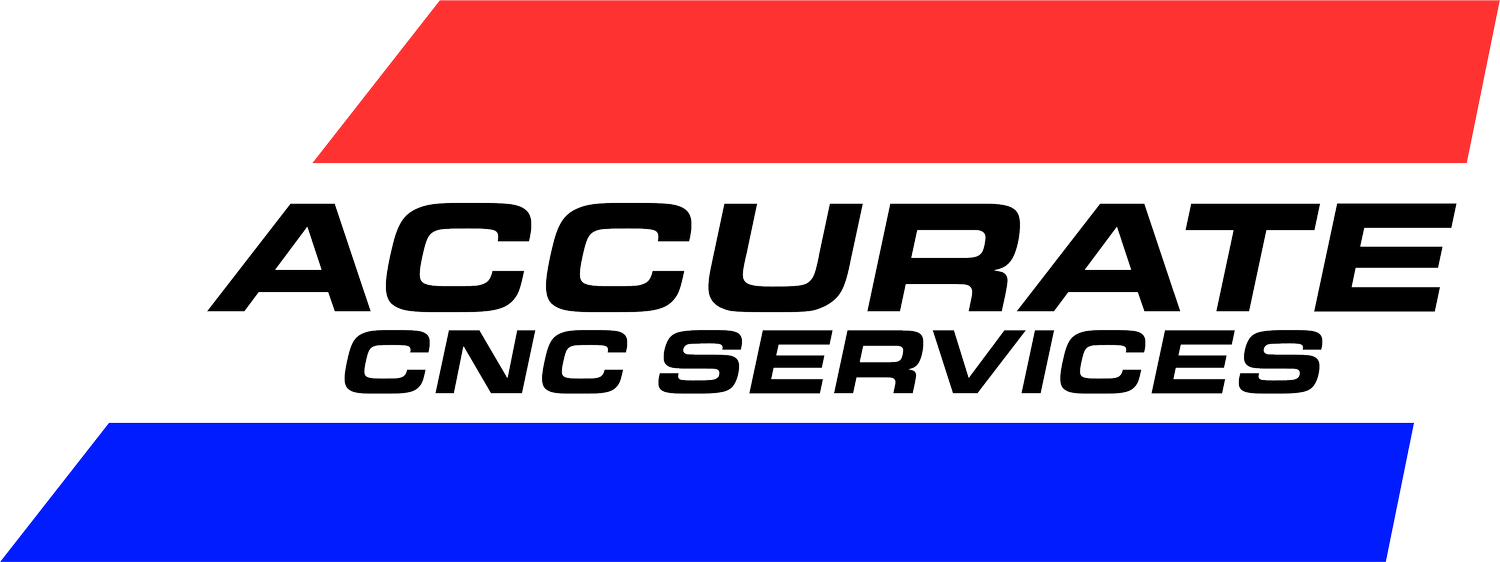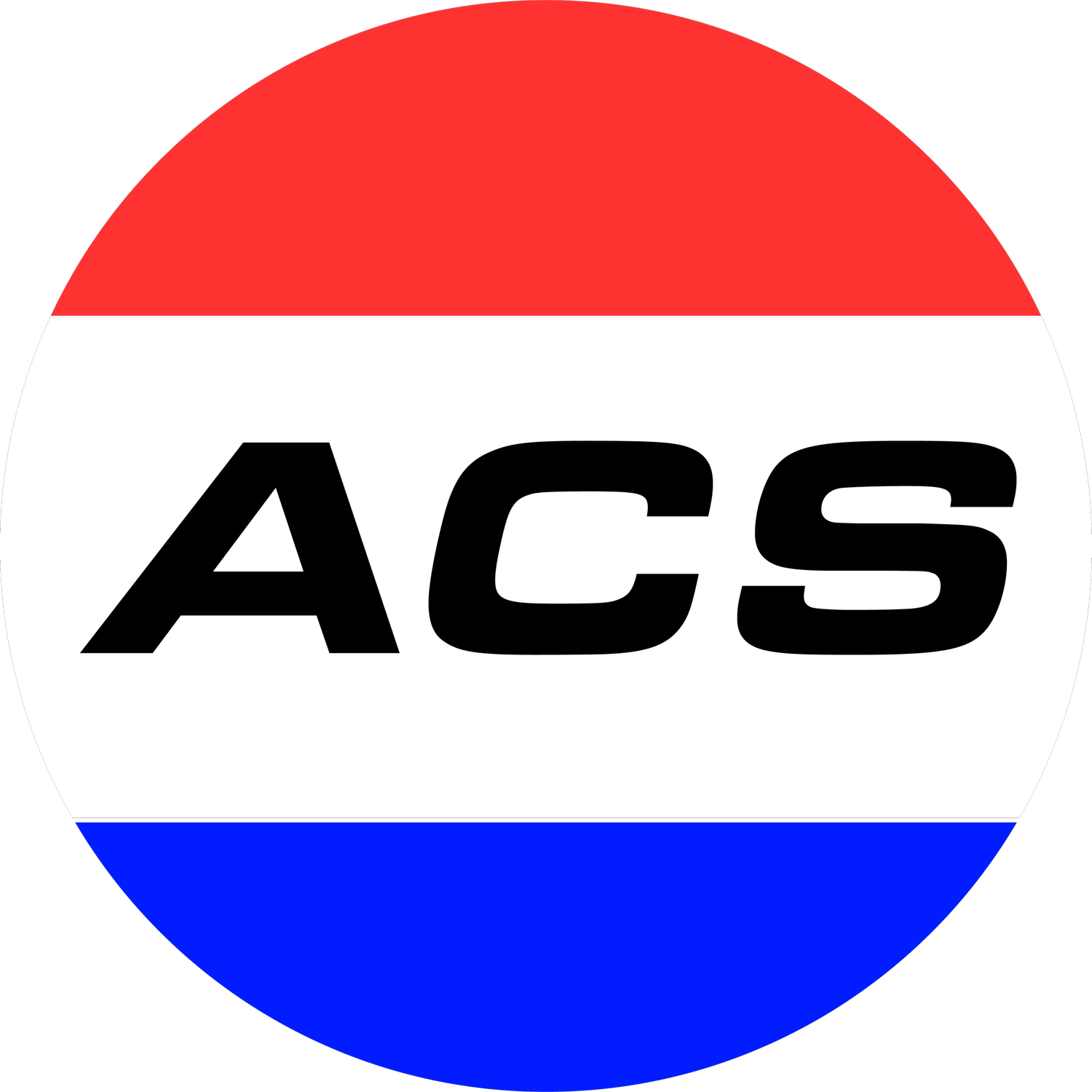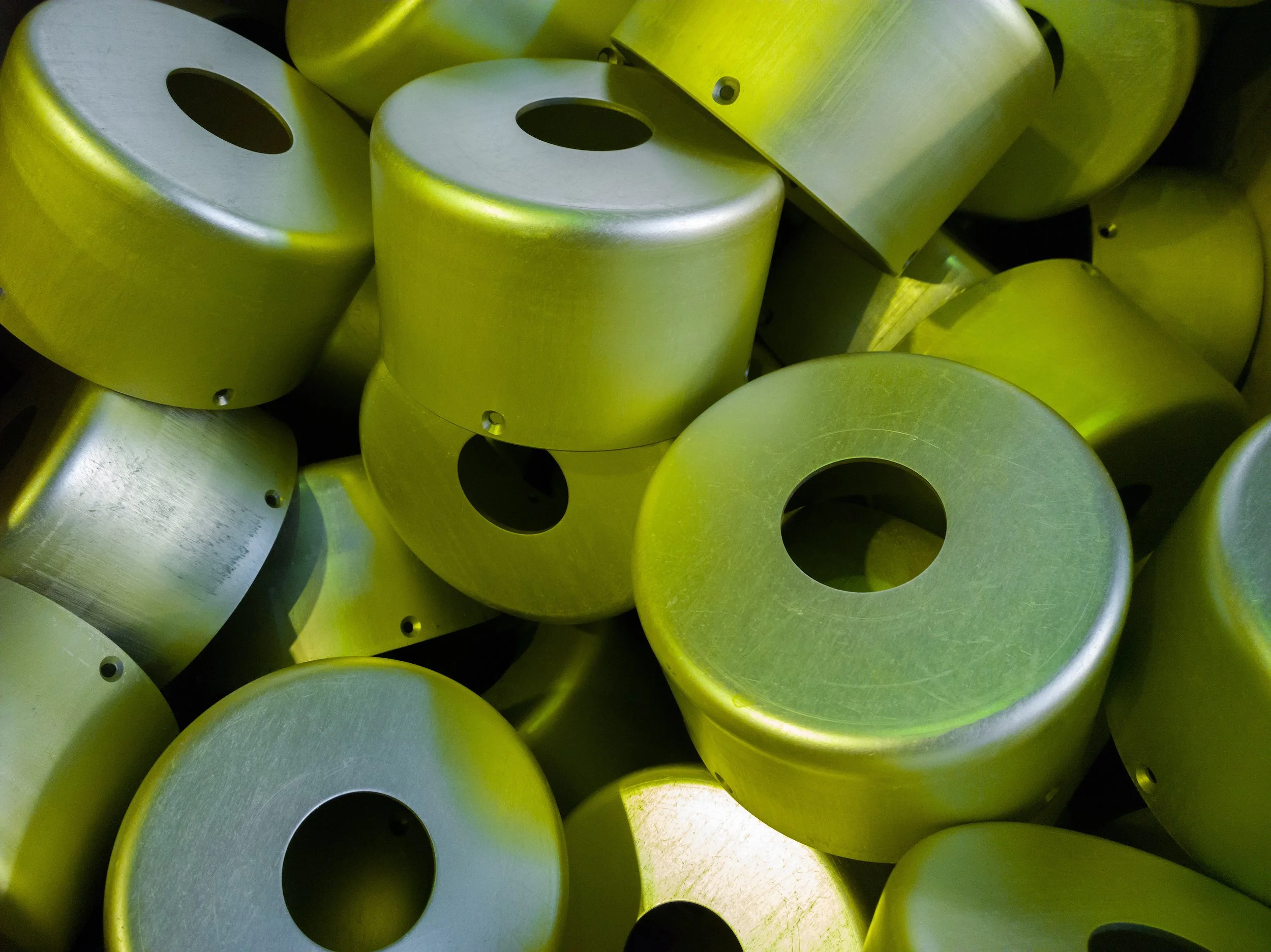Save Time and Money by Selecting the Right Anodizing Option
When customers walk into our CNC machine shop to request anodizing services, they often come with more questions than answers. Some of the most common questions we hear include: What’s the difference between standard and hard coat anodizing? Why is Type III so expensive?
While anodizing isn’t something we do in house, managing these finishing services is an important part of our commitment to handling the full project lifecycle for our customers. We’ve learned that the right finish depends on what your part needs to do, not just what the spec says.
Specification Confusion Can Be Costly
Confusion surrounding anodizing specifications can be costly for customers. When an engineer specifies Type III anodizing services without fully understanding the cost implications, they may be unpleasantly surprised when they see the timeline and price tag. What they may not realize is that hard coat anodizing can take substantially longer and cost more than standard anodizing.
The overwhelming variety of coating options and complex specifications leads many customers to overspecify just to be safe. But when standard anodizing provides the needed protection in days instead of weeks (and at a fraction of the cost), these choices can become expensive.
Some CNC machine shops will manufacture parts to spec without asking questions. But when you work with Accurate CNC Services, we take a consultative approach to ensure you get precisely what you need. By discussing applications and project goals with customers, we can advise them on the best finishing method. What we often find is that starting with basic anodizing services and testing the results proves that the expensive specifications aren’t necessary.
Understanding Your Anodizing Options
Anodizing is an electrochemical process that creates a protective layer on aluminum parts. This layer offers corrosion resistance and wear resistance, as well as aesthetic appeal when part color is important. To make informed decisions about anodizing, it helps to understand the key differences between the available options:
Standard Anodizing offers an excellent balance of protection and value. This process provides corrosion resistance and allows for color changes (like transforming aluminum from silver to black) while maintaining shorter lead times and lower costs. For many applications, standard anodizing delivers all the protection needed without breaking your budget.
Hard Coat Anodizing (Type III) creates a thicker, more durable surface for high-wear applications. If your part will face constant friction, abrasive conditions, or heavy use, hard coat anodizing might be worth the additional investment. However, this durability comes at a price. Expect higher costs and longer lead times for these anodizing services.
PTFE Hard Coat combines the durability of hard coat anodizing with enhanced lubricity for high-friction environments. This specialized coating creates a unique velvety texture that reduces friction in demanding applications. For instance, we used this coating on an aluminum die we built to punch syrup pack boxes for a busy fast-food restaurant chain. Even with the abrasiveness of cardboard, the dies have withstood years of regular use.
While each of these coatings has its place, choosing between them requires a careful evaluation of how and where your part will be used.
How to Choose the Right Finishing Choice for Your Application
As part of our collaborative approach to working with customers, we won’t necessarily default to anodizing as the ideal finishing method for your part, even if it’s what you’ve called out on the print. Instead, we’ll collaborate with you to consider all finishing options and find which works best for your application.
When evaluating your finishing needs, we look at two primary factors:
End-Use Environment: Will your part experience friction, repetitive movement, or physical wear? A part sitting in a climate-controlled environment has very different needs than one exposed to constant abrasion. For example, if you're making a part for heavy industrial use, hard coat makes sense. But for decorative components or low-wear applications, it's probably unnecessary.
Functional vs. Cosmetic Requirements: Are you looking for protection and durability, or is this primarily about achieving a specific appearance? Many customers want their aluminum parts to be black instead of silver, which is an aesthetic change that standard anodizing handles perfectly. There's no need to specify an expensive hard coat for purely cosmetic applications.
The goal is to match the coating with what your part actually needs to do. While overspecifying won’t improve performance, it will unnecessarily increase cost and lead time.
What to Know About the Logistics of Anodizing Services
To help ensure your project runs smoothly, here are some key considerations when planning for anodized parts:
Think About Timing Early: Customers often consider anodizing as a final step, but this isn’t always optimal. If you’re working on an assembly, contact us during the planning phase! We might recommend anodizing individual components before assembly rather than trying to process the entire unit. This approach can save time and reduce complications.
Consider Part Quantity for Cost Efficiency: All anodizing services have minimum charges that apply, regardless of whether you need one part or one hundred. If you’re working through a prototype or need just a few pieces, you might consider ordering extra parts for future needs (especially if you know you’ll need them!). Doing so will significantly reduce the per-part cost.
Plan for Color Consistency: If color matching across parts is critical, it’s important to submit all pieces as a single batch. Even with the same specifications, slight color variations can occur between anodizing runs.
Note Any Masking Requirements: While most parts are entirely anodized, critical features such as fine-threaded holes may require masking to maintain tolerances. It’s important to identify these requirements upfront to avoid delays or rework.
For the fastest turnaround on your parts, we typically recommend sticking to standard anodizing colors, such as clear or black, as custom colors require tank changes and special scheduling. If you’re working against a tight deadline, we may also be able to help. We have good relationships with our anodizing vendors and can often arrange an expedited order when a customer needs it.
Our Commitment to Full-Service Project Management
Although we do not provide anodizing services in-house, we manage these services seamlessly as part of your project. That means you don’t have to worry about sourcing vendors, coordinating shipments, or quality standards. We handle it all on your behalf.
Don’t let confusing specifications or overwhelming options derail your project. Whether you need help determining the right coating, managing a complex assembly, or want one point of contact for your entire build, Accurate CNC Services is here to help.
Contact our CNC machine shop today to discuss your project requirements and learn how our consultative approach can help you save time and money on your next order of anodized parts.


